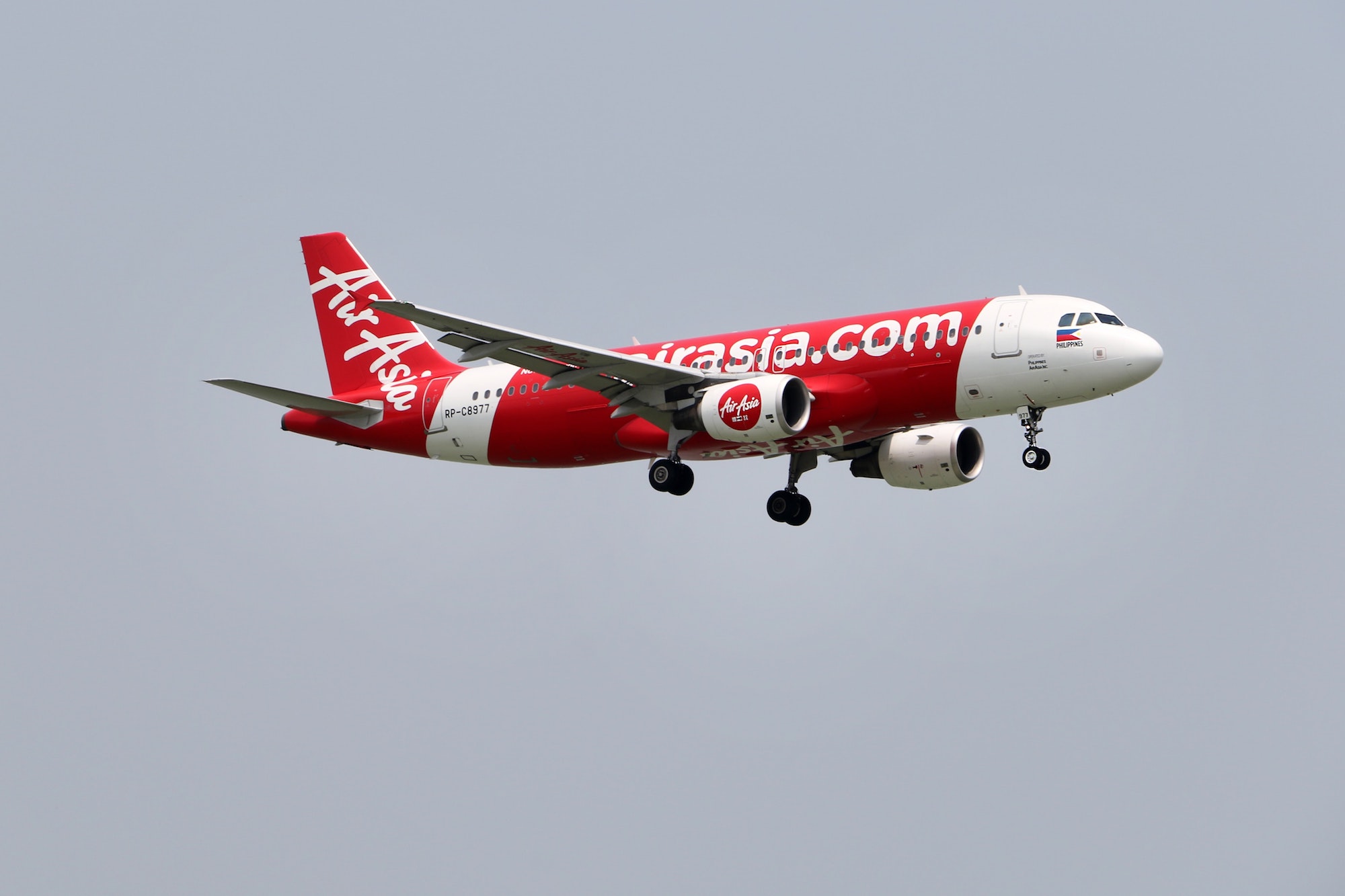In an Instagram post last week, AirAsia CEO Tony Fernandes says he is preparing to set out on the streets of Malaysia to deliver food, which is now part of the company’s new line of business, AirAsia Food. How did an airline, one of the biggest budget carriers in Asia, transition to a food delivery service?
Due to the Movement Control Order in Malaysia in March, AirAsia had to ground its flights, and later decided to merge with local businesses in a food delivery service through its logistics venture Teleport. In three months the new venture managed to serve 500 restaurants and deliver 15,000 orders.
The group also realized that delivery platforms charge commission rates of 20 to 30 percent, with merchants having little control over their food delivery. This led the group to start AirAsia Food that runs on a zero-commission model. Here, business owners can choose from flat-rate plans and receive extended delivery coverage of up to 60 kilometers (compared with other food delivery platforms that only cover 15 kilometers).
Although it officially launched only in May this year, the company saw a 1,150 percent rise in the number of orders during their sale last month, generating a more than 500 percent increase in sales. The increase may be attributed to the return of the Conditional Movement Control Order in Malaysia. More than 200 former and current AirAsia employees are earning additional income through this food delivery venture.
Fernandes is set to deliver food this December as part of AirAsia Food’s holiday campaign.





